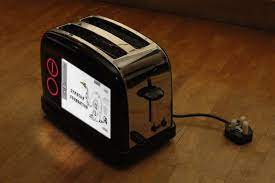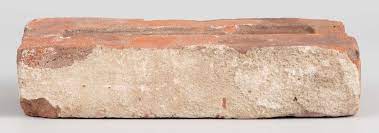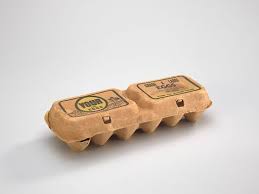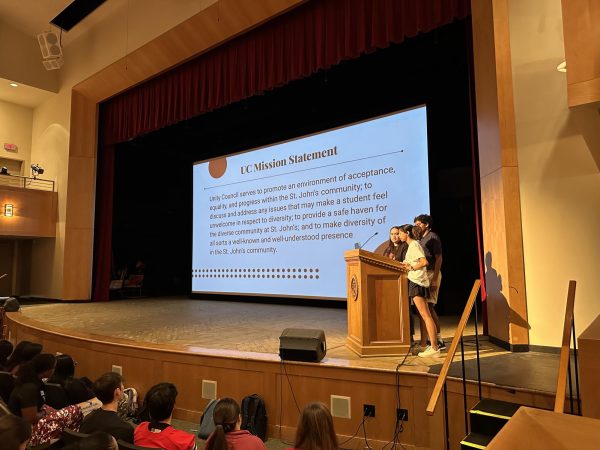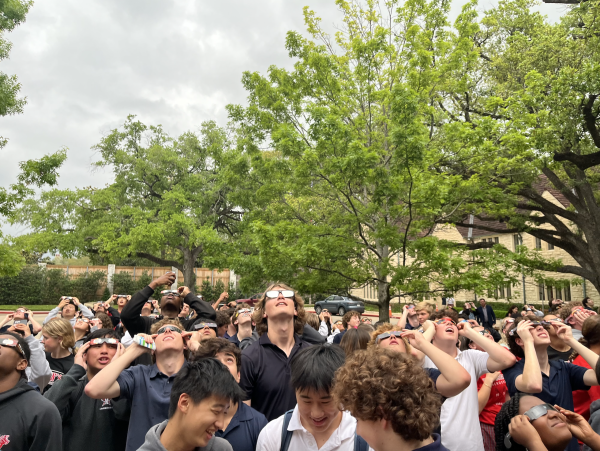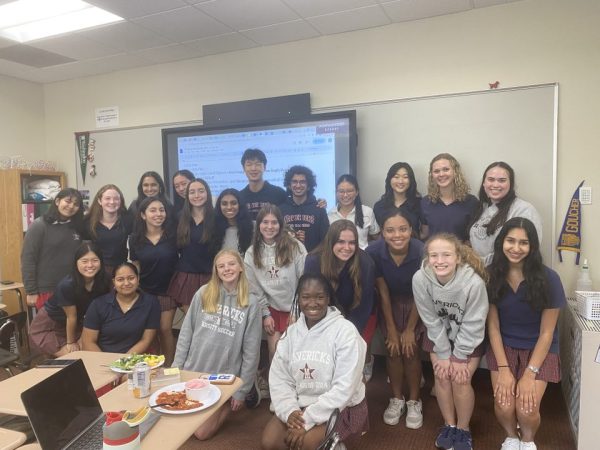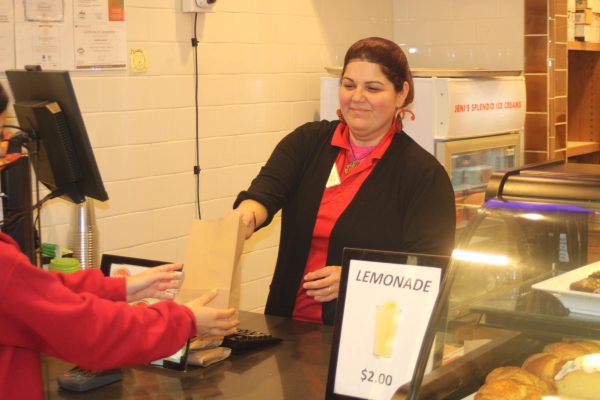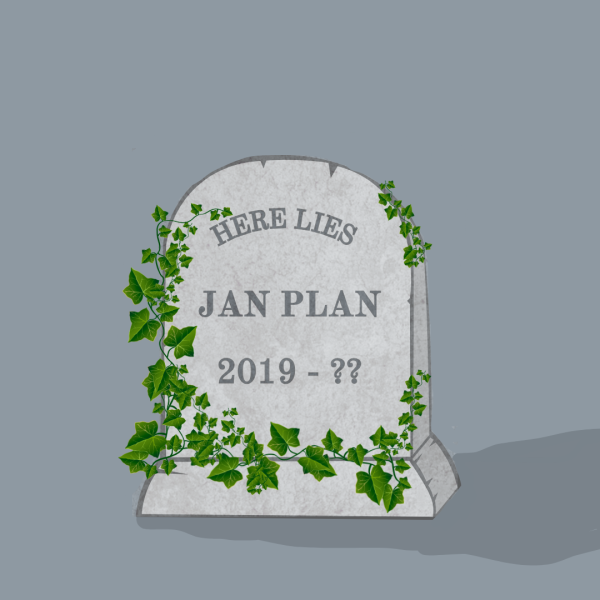Houston says farewell to landmarks with closure of Blanco’s, River Oaks Plant House
January 13, 2014
Dancing bears, prancing horses and other leafy animals on the Buffalo Speedway median will soon disappear.
River Oaks Plant House closed on Dec. 31, 2013 and is in the process of moving to its new location at 6103 Kirby Dr. At the end of September, the Board of Trustees gave the plant house a 90-day notice that their lease would not be renewed at the end of the year to accommodate an earlier construction timeline for the Campus Center.
Blanco’s Bar and Grill, also acquired by SJS in the purchase of the Taub property, closed Nov. 30, 2013. Blanco’s co-owner Karin Barnes had served Southern comfort food in the building for over 30 years.
“It’s very sad, but when you rent a business that’s sitting on a tremendous piece of real estate, you know it’s going to get sold eventually,” she said.
After discovering asbestos in Winston, the administration was forced to alter the timeline for demolition. Asbestos removal requires a more intensive procedure.
“There are government regulations about how to remove asbestos properly, so we are forced to back things up,” Headmaster Mark Desjardins said. “It involves preparing the building versus just knocking it down with a bulldozer.”
As a tax-exempt organization, the school avoids a significant tax burden by ending the operation of the plant house by 2014. Taxes are approximately $10,000 per month.
“Since we are a non-profit, we don’t pay taxes on the land if it is used for school purposes,” Desjardins said. “Tax gets assessed as of Jan. 1 and is for 12 months. If the plant house closed in March, the school would still be responsible for the plant house’s tax burden for that full year.”
Since Winston Hall and the surrounding areas will close in early spring, Upper School parking and carpool will shift to the land currently occupied by the plant house. A temporary building on the Taub property will house the Business and Advancement offices, whose current locations in the Quad will be occupied by College Counseling and Admissions respectively.
Blanco’s will be utilized as a food preparation site for all divisions of the school during construction.
“We’re seeing if we can put the old kitchen equipment into Blanco’s,” Desjardins said. “We won’t be serving there, but the food will be prepared and then delivered to the North and South campuses.”
Barnes worked at the restaurant-bar since its establishment in 1982 by Barry E. Debakey, the son of renowned cardiac surgeon Michael Debakey. When Barry passed away in 2007, he left Blanco’s to his son and Barnes.
“They call us the ‘Broken Spoke’ of River Oaks,” Barnes said. “It’s a very comfortable, down-to-earth bar. The way this place is, everybody calls each other by first name.”
Members of the SJS community have enjoyed the restaurant’s casual atmosphere.
“My favorite memory from Blanco’s is when my wife and I met two of my high school friends there and danced all night,” biology teacher Doug Elliott said. “We just put on the boots, did the two-step and had fun.”
The plant house has also been a long-standing neighborhood favorite.
“It’s just like a family,” manager David Sapar said. “Most of our customers come almost every week, so we know their tastes and what flowers they like.”
The plant house grew from humble beginnings into a Houston institution.
“It used to be just a very small tent where we sold flowers in buckets,” Sapar said.
Sapar’s uncle, Daniel Saparzadeh, has owned the River Oaks Plant House since 1983. He was a struggling Iranian immigrant who started working at the plant shop in 1977 while completing his master’s degree in mechanical engineering at the University of Houston.
“My uncle came to this country to go to school, got a part-time job here and ended up buying the place to make it into what it is today,” Sapar said.
A few weeks into his tenure as owner, Saparzadeh, with his experience in mechanical engineering, had the idea to design topiaries, which soon became a distinctive feature of the establishment.
“The plant house is unique because of our topiaries, and we have one of the largest factories in the country,” Sapar said.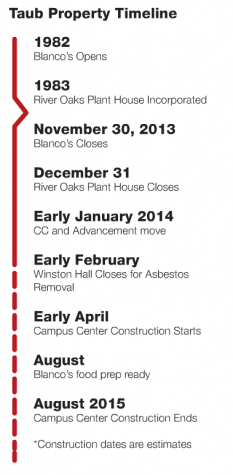
Blanco’s experienced similar development through the years, growing from a simple Southern diner to a vibrant local hangout and music venue.
“We started hiring local bands, typically country, to help build up business in the evening,” Barnes said.
Aside from adding live entertainment, Barnes suggested refurbishing the decor, which became a hallmark of the restaurant.
“It didn’t have any atmosphere or character,” she said. “We started letting people bring in items like the hats in the middle of the room.”
Blanco’s will not be relocating and sold its collections of relics and memorabilia in an auction after the closing.
“The real estate around here is extremely expensive, and the other problem is limited parking,” Barnes said. “Of course, nobody likes it because you’re not going to find another place like this.”
For Houstonians, Blanco’s represented more than just a place to eat.
“Blanco’s is a cultural icon,” Desjardins said. “I can understand and appreciate the sadness for the fact that this honky-tonk in the middle of the city goes away.”
Barnes also looks back fondly on her experiences at Blanco’s.
“What I’ll miss the most is all the friends I’ve made over all these years,” she said. “What we’ve established here, and to be in business that long and survive, is something to be proud of.”




